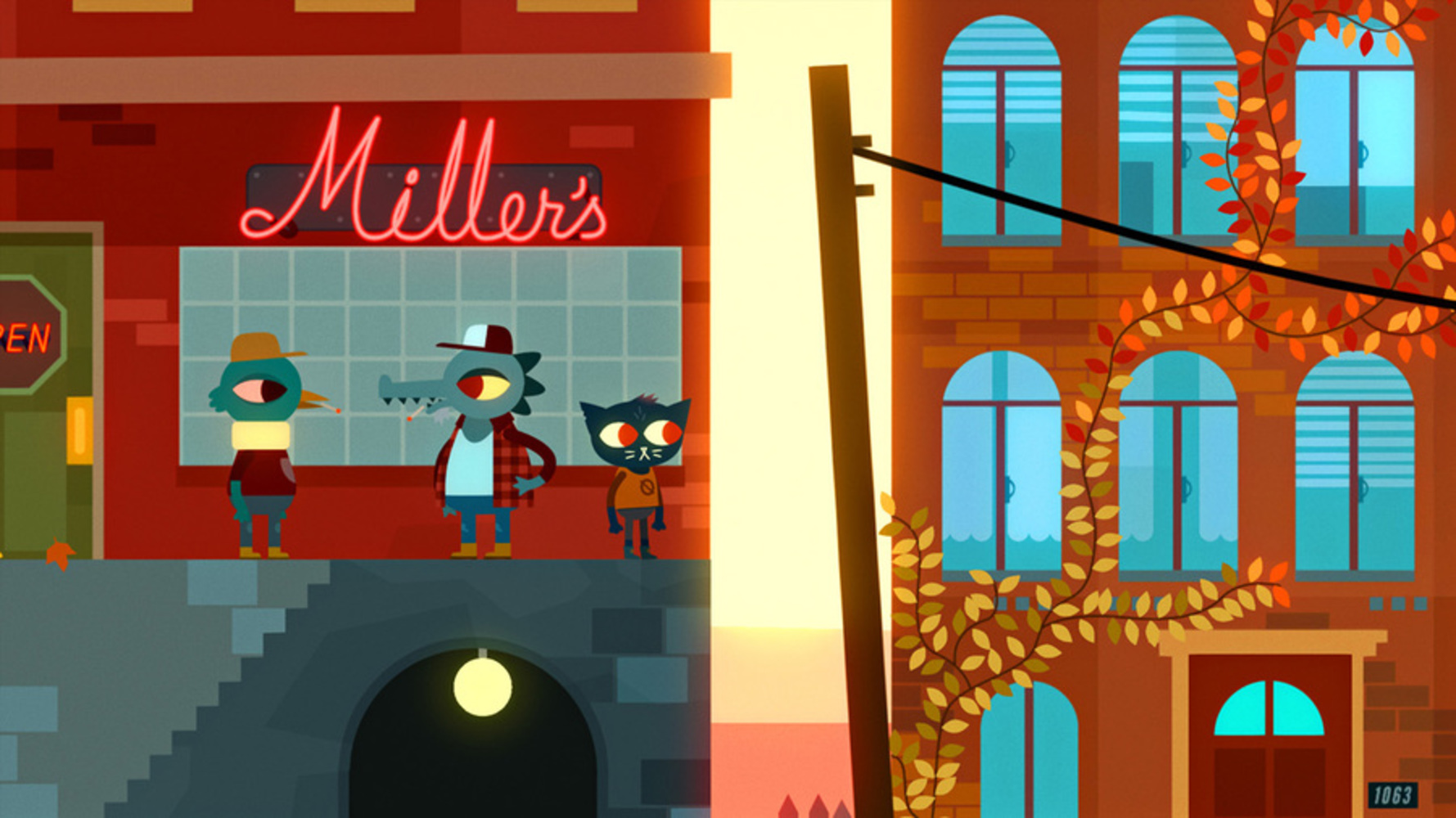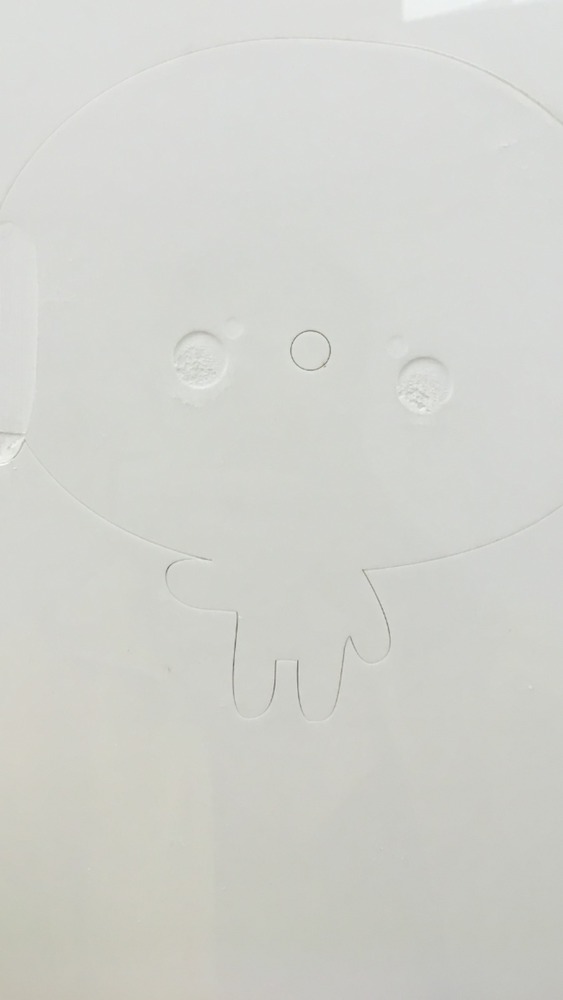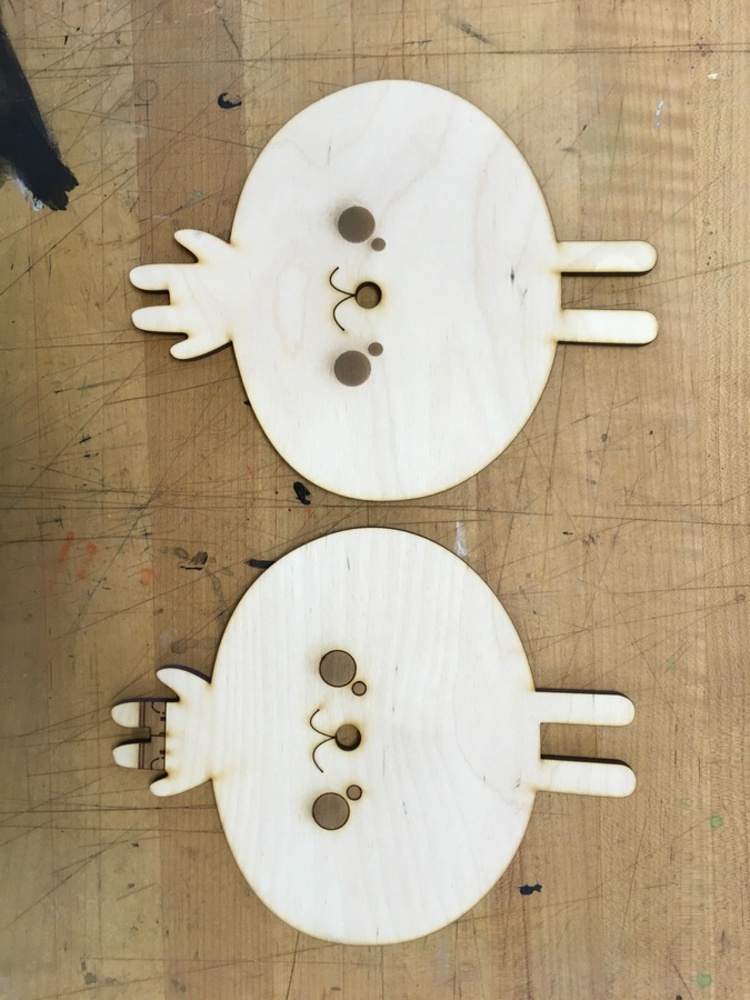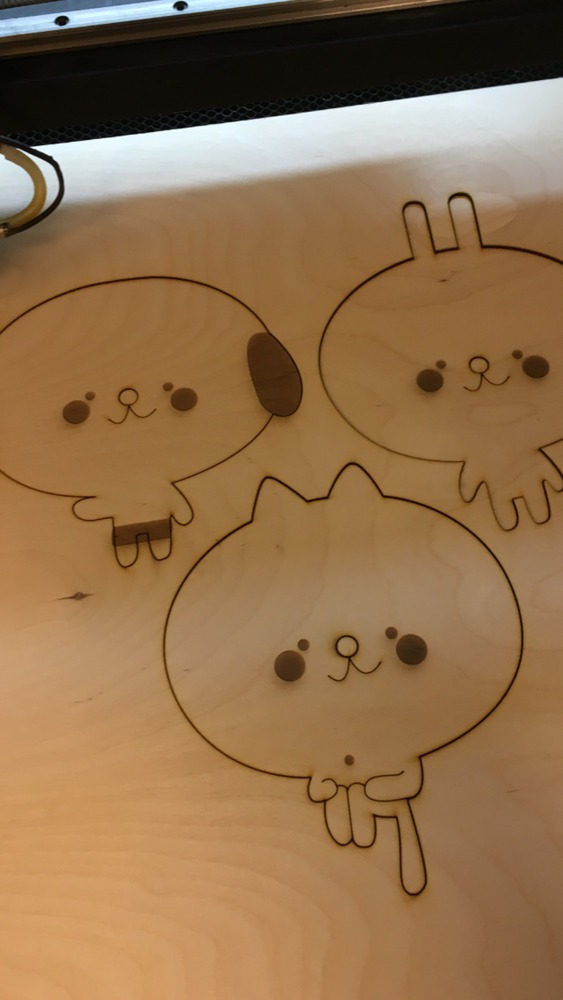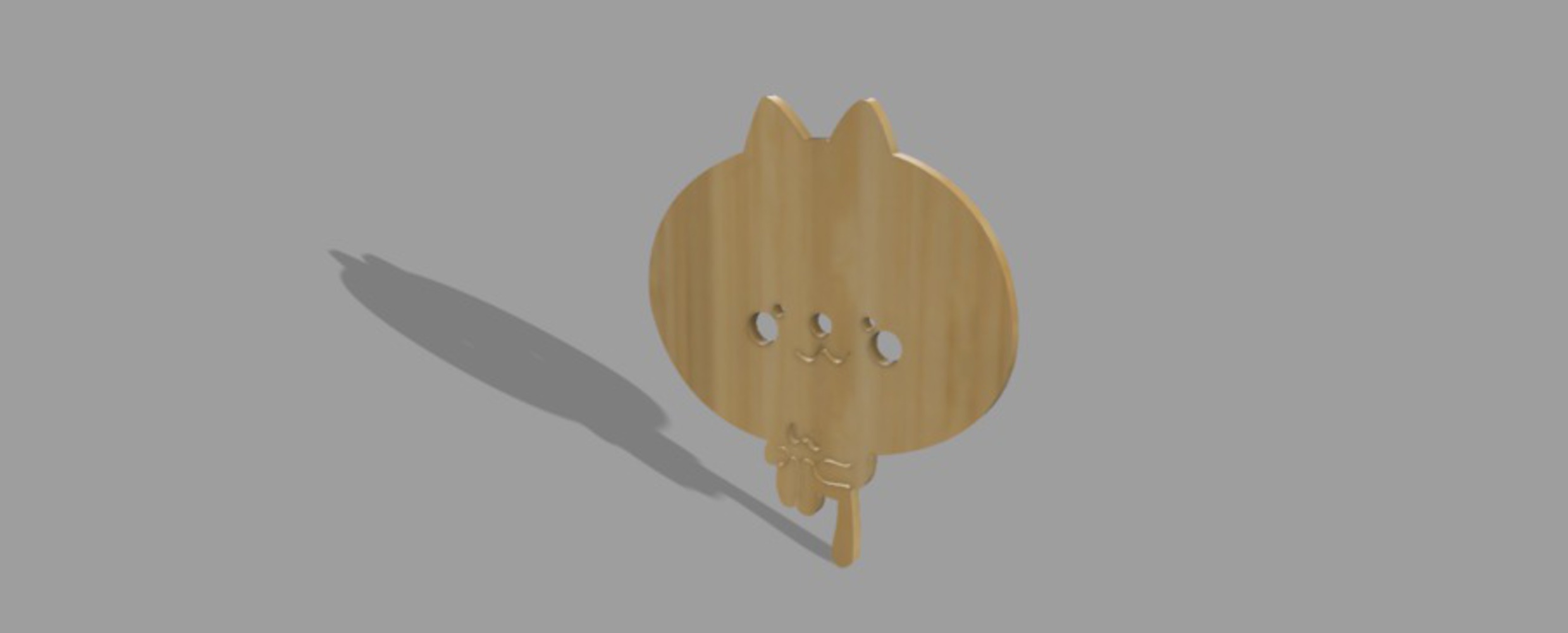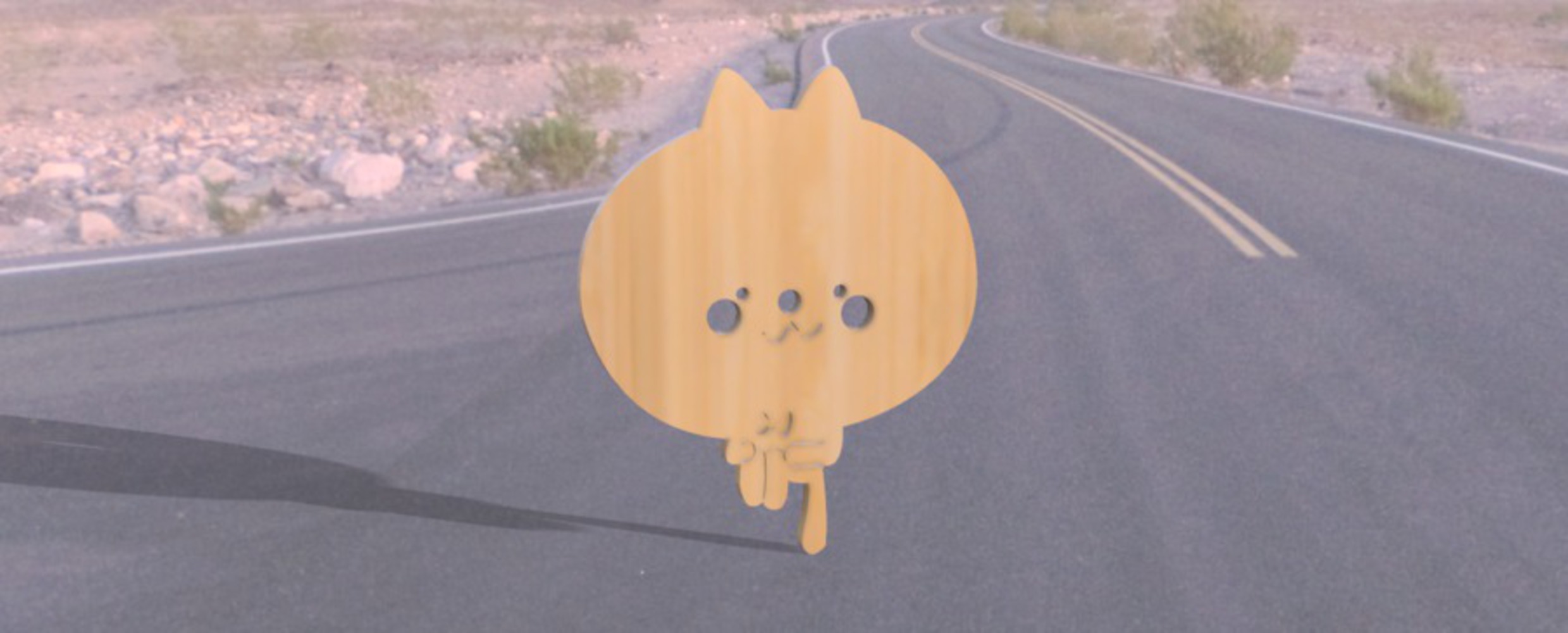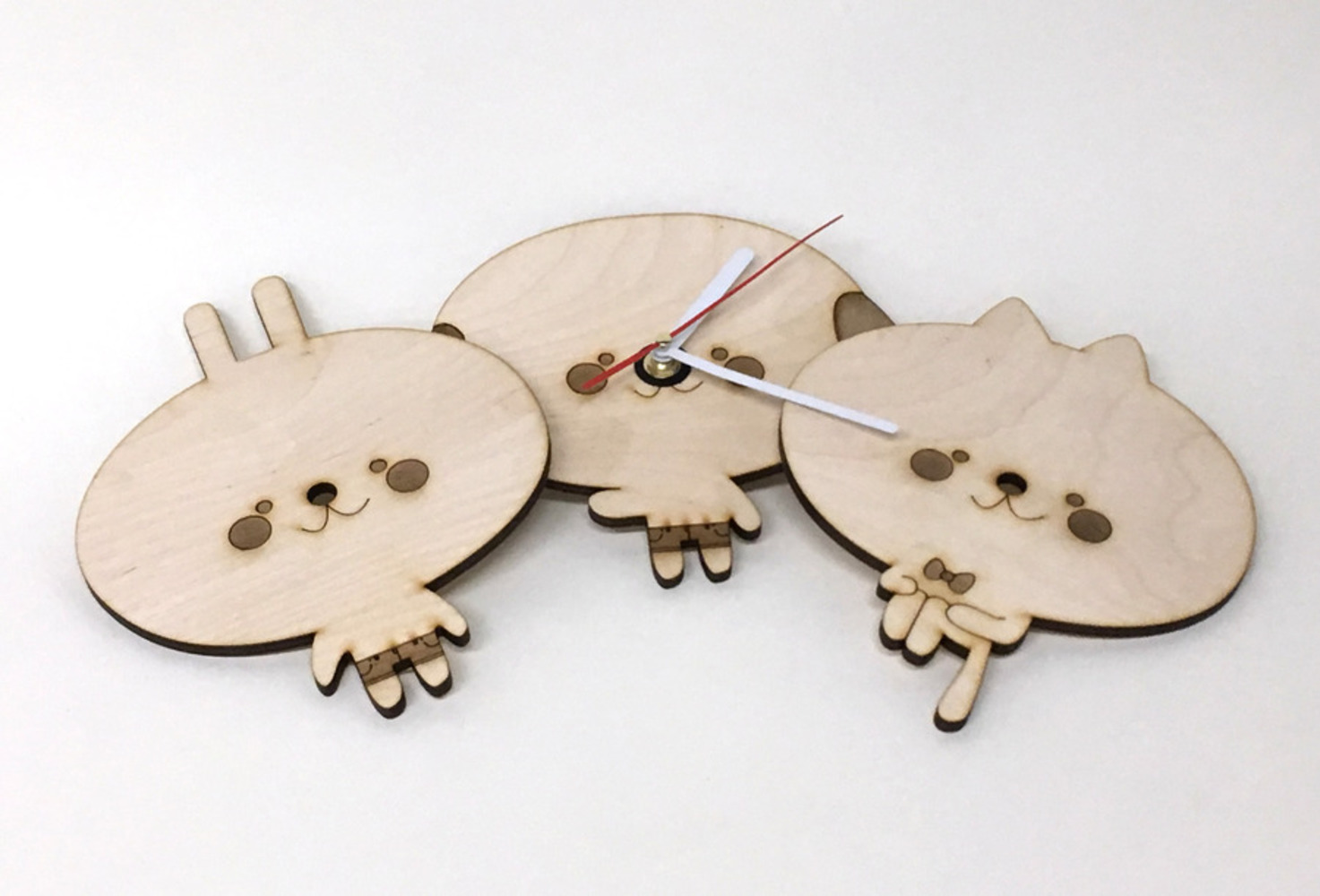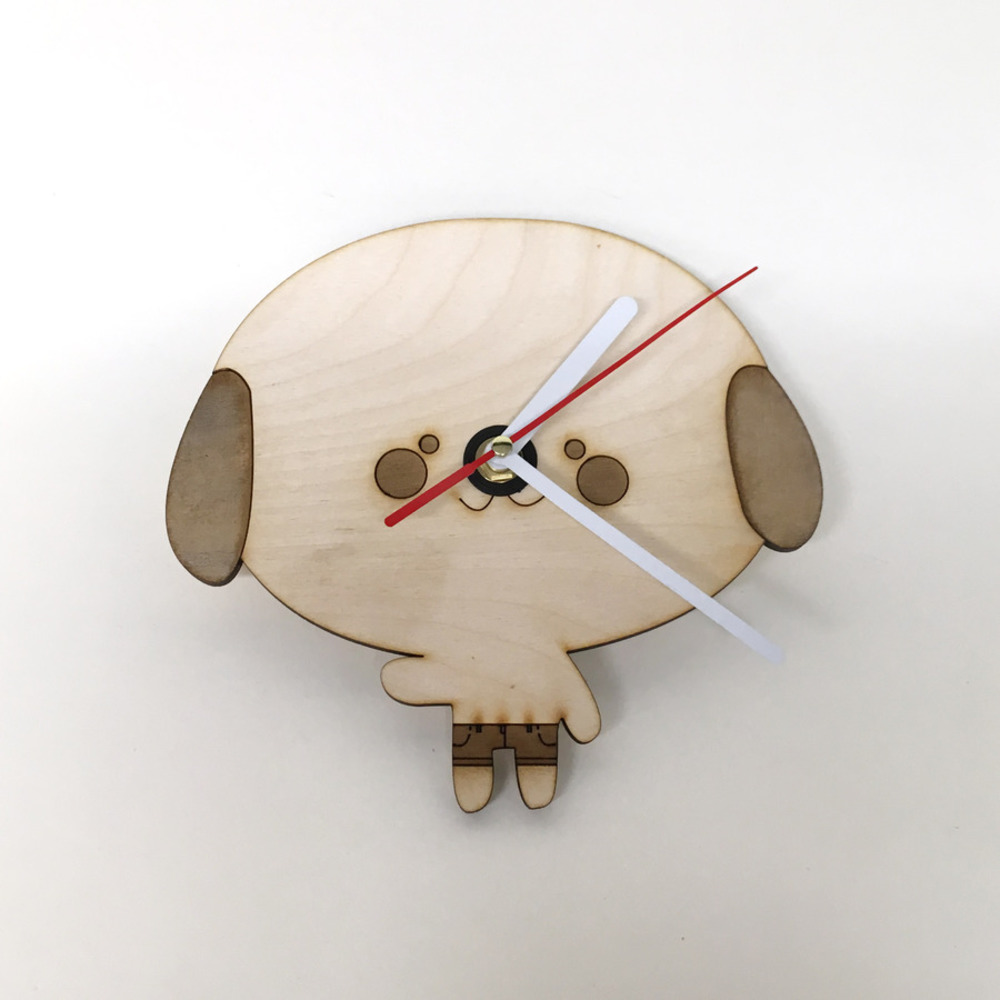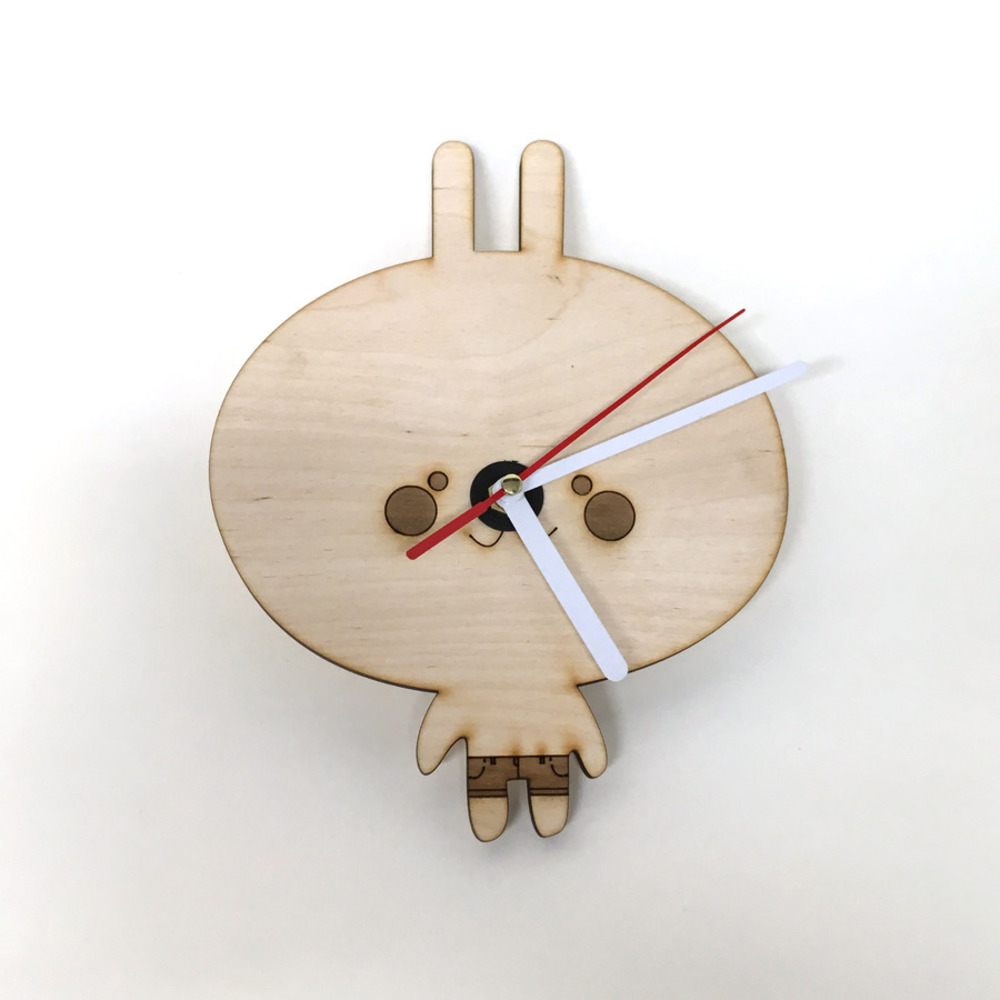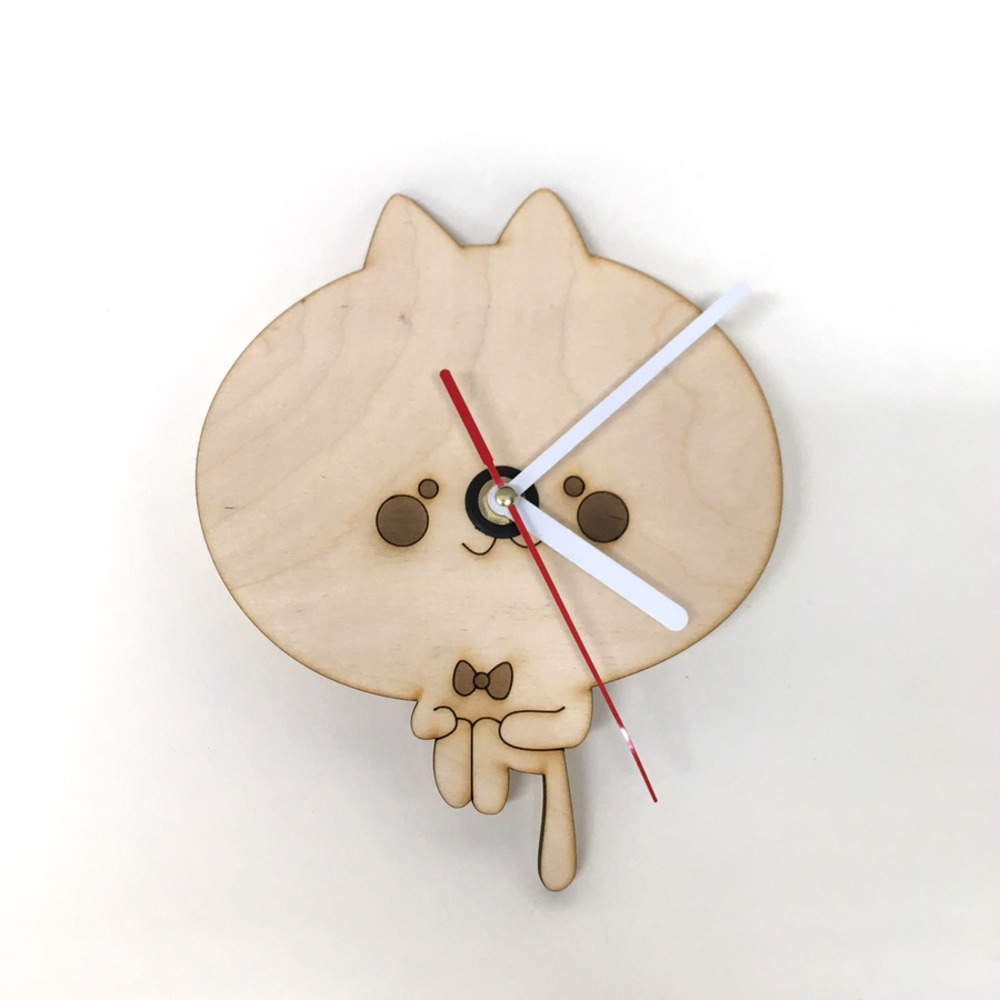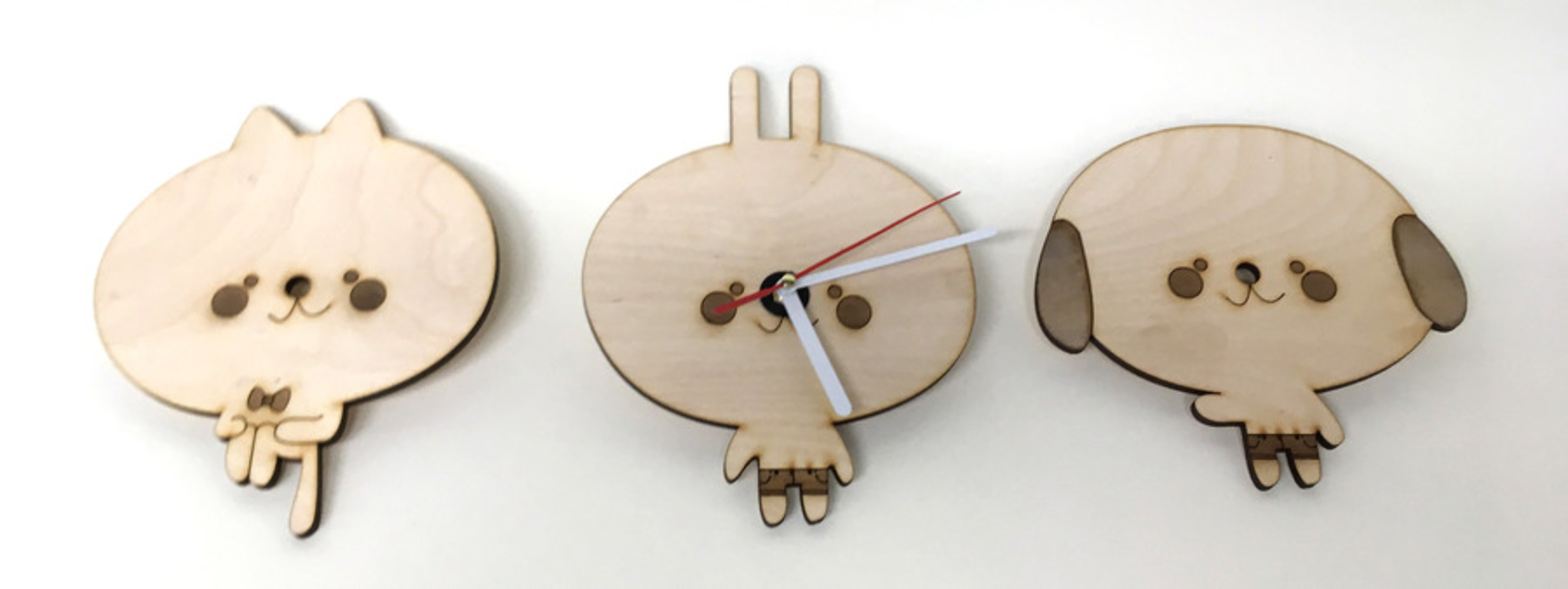Intention
[Write about the big ideas behind your project? What are the goals? Why did you make it? What are your motivations?]
For this project, I decided that I wanted to create designs for clocks that I could display in my house for next year. As the house is unfurnished, I have no way of telling the time without my phone. Not only this, but the walls are completely bare. I hope to be able to create wall clocks that will be pleasant to look at in minimalistic settings. Additionally, as my house will have three floors, I thought it would be interesting to create a series of clocks that shared similar characteristics in terms of design.
Besides the motivation of learning how to laser cut through a variety of software in order to rapidly prototype, I want to be able to create something visually enjoyable that I can use to decorate my house. I hope that this project will allow me to manufacture something that I am proud of that I can display at a low cost so I won’t have to buy myself a clock.

